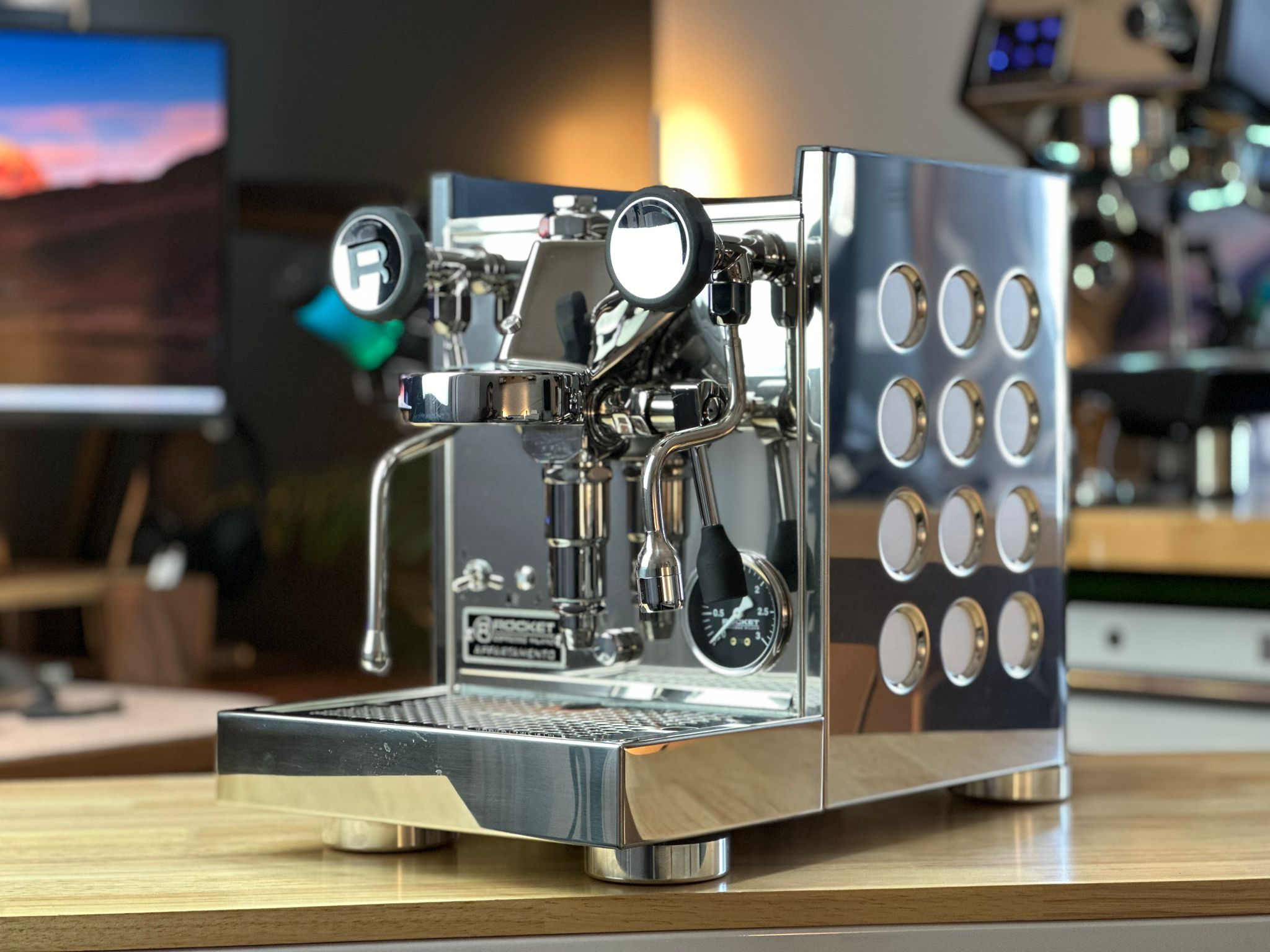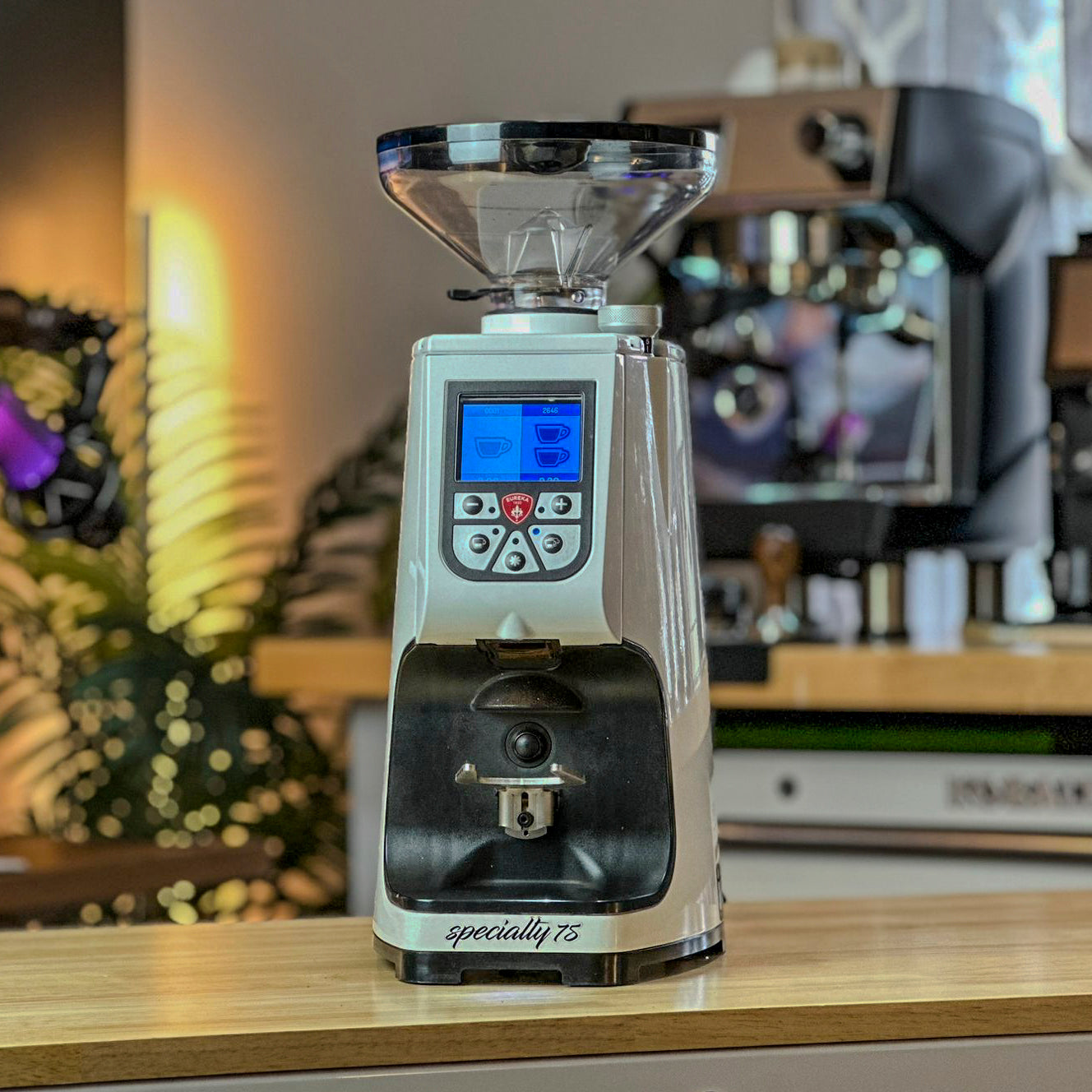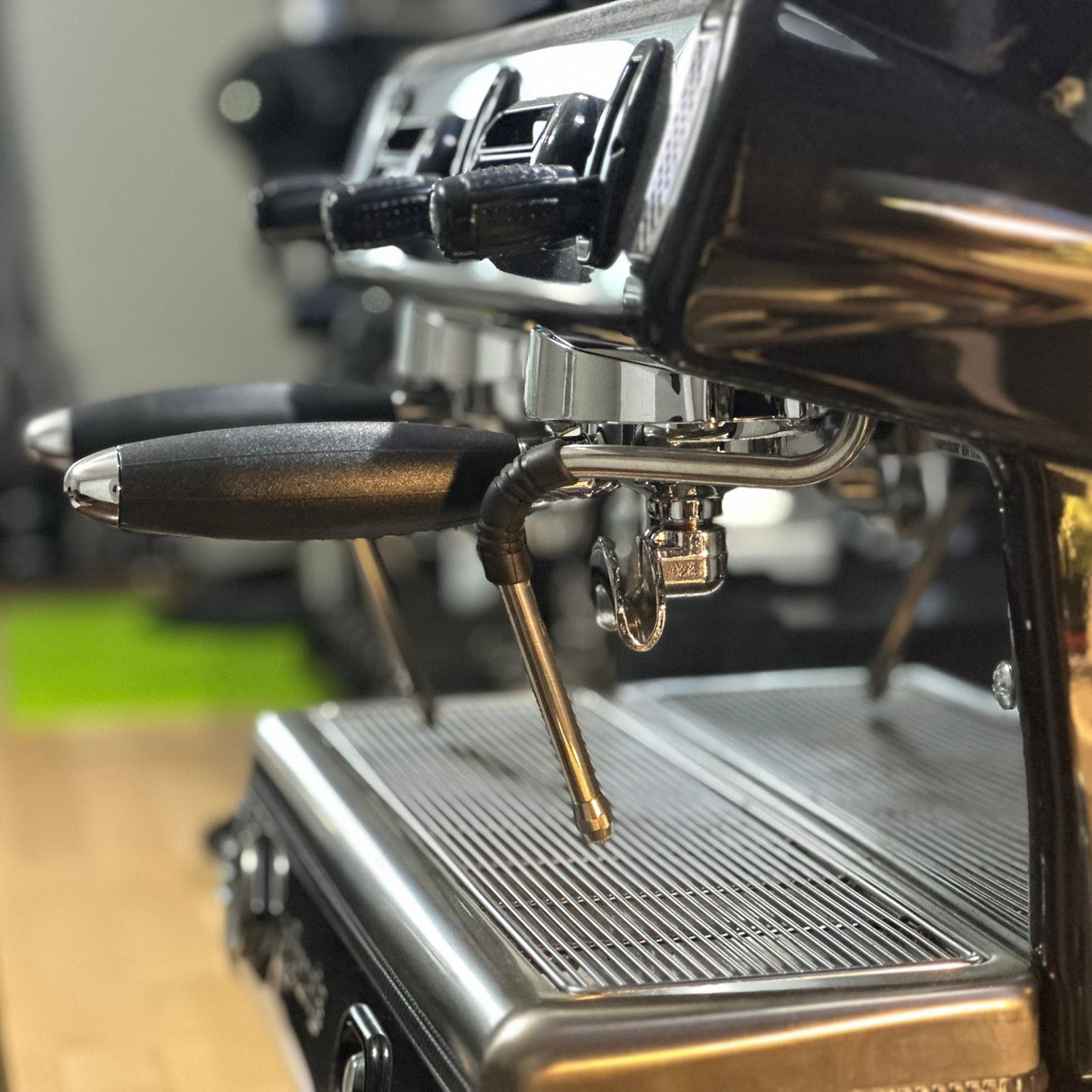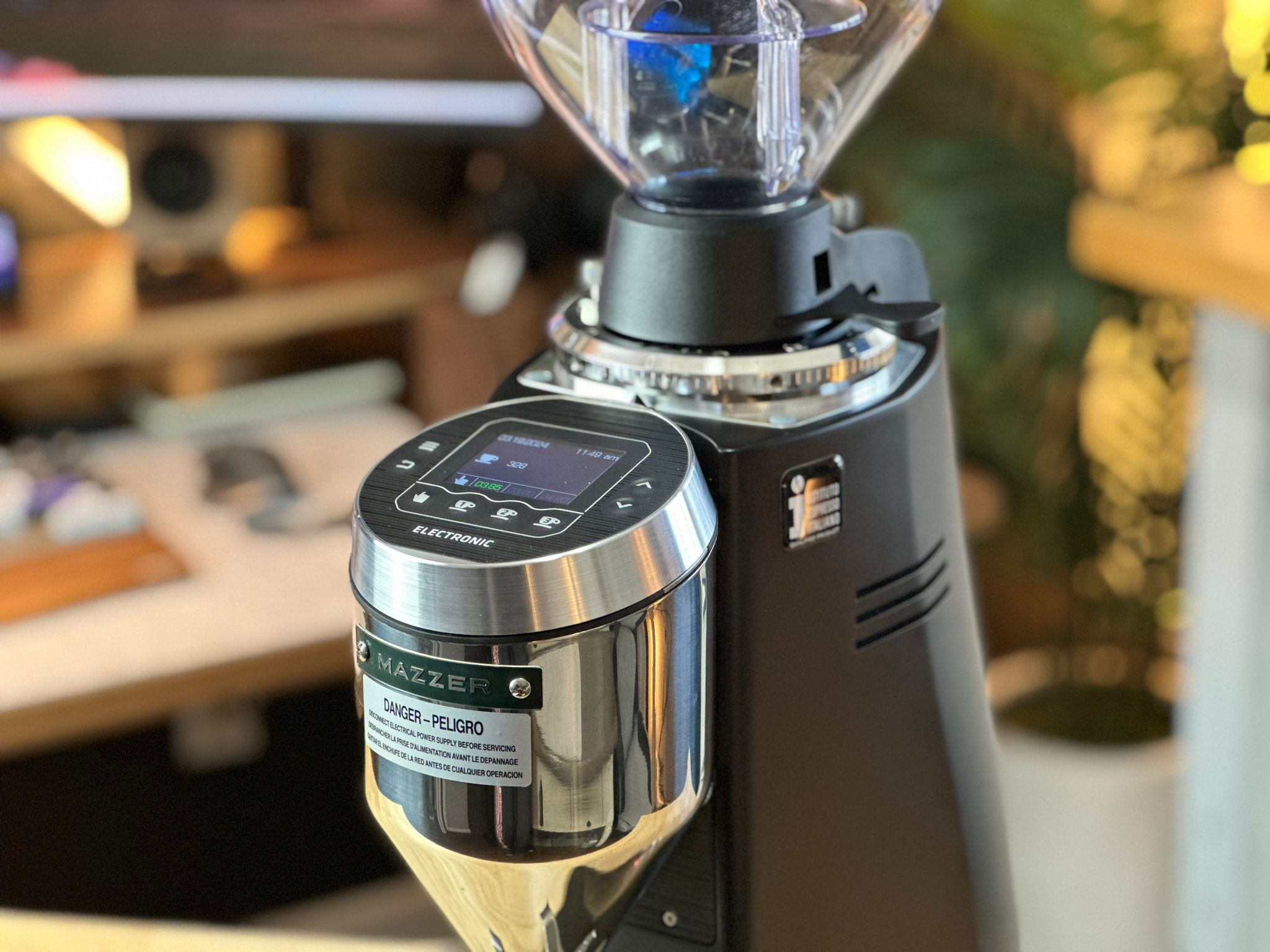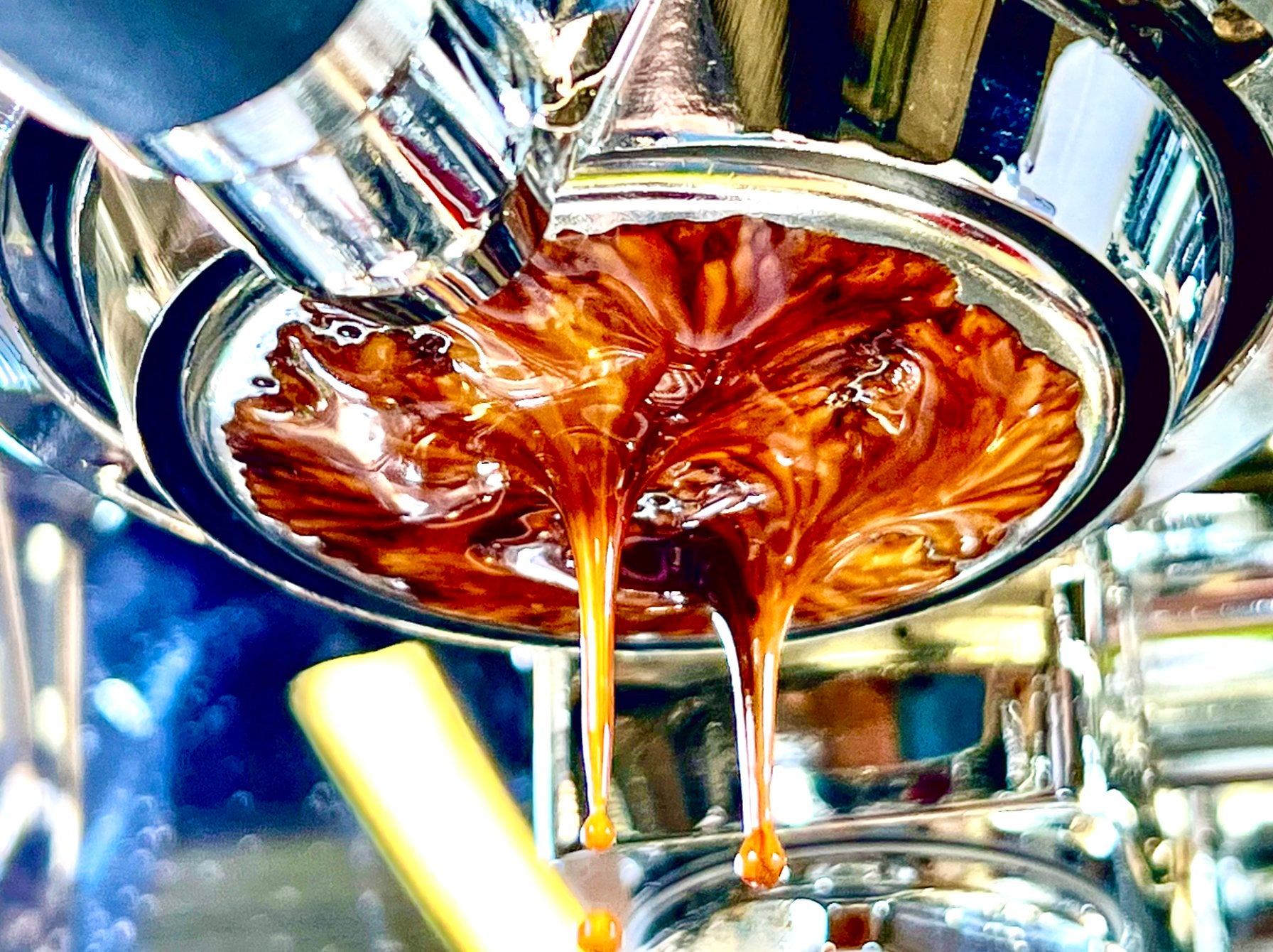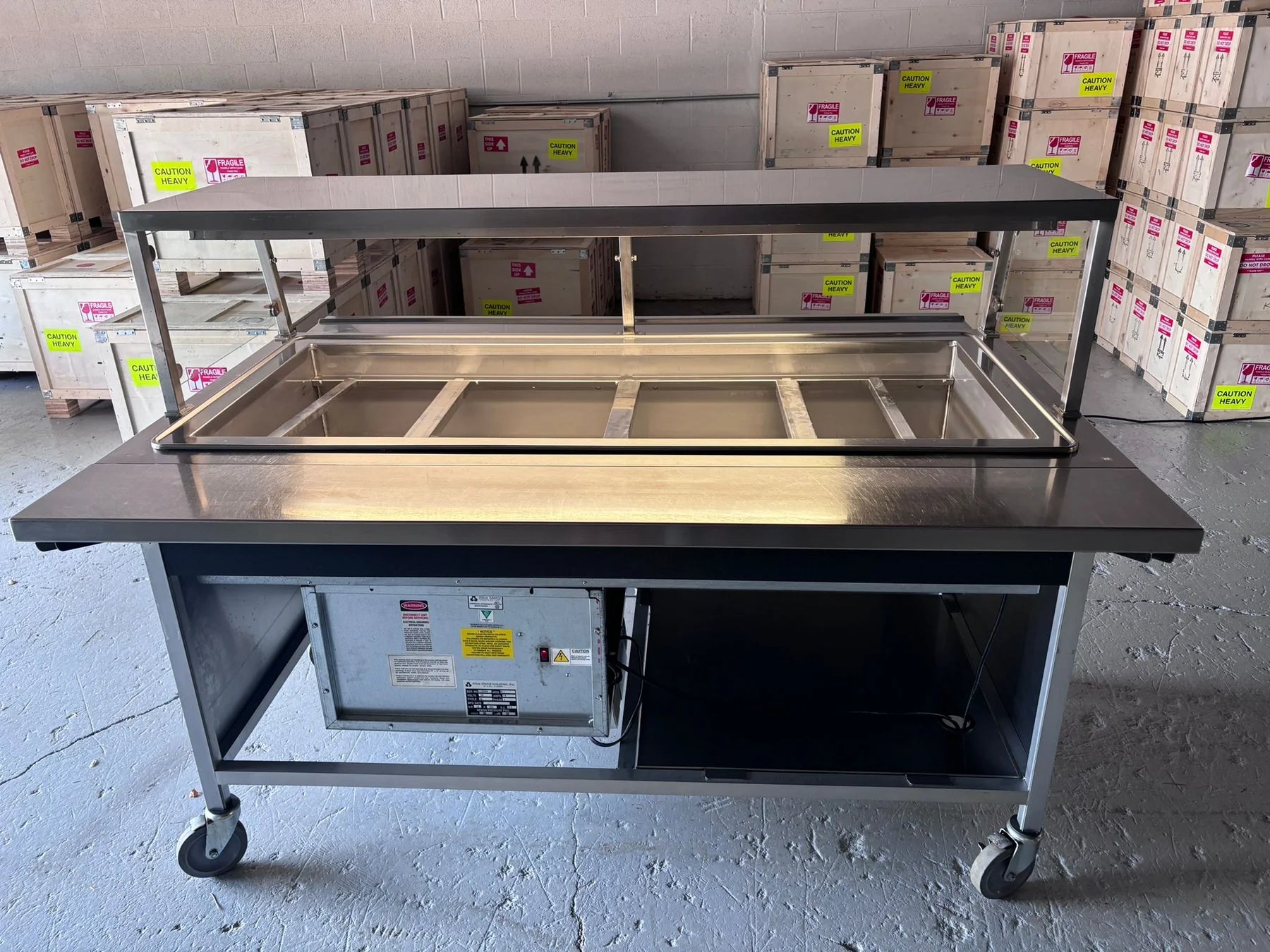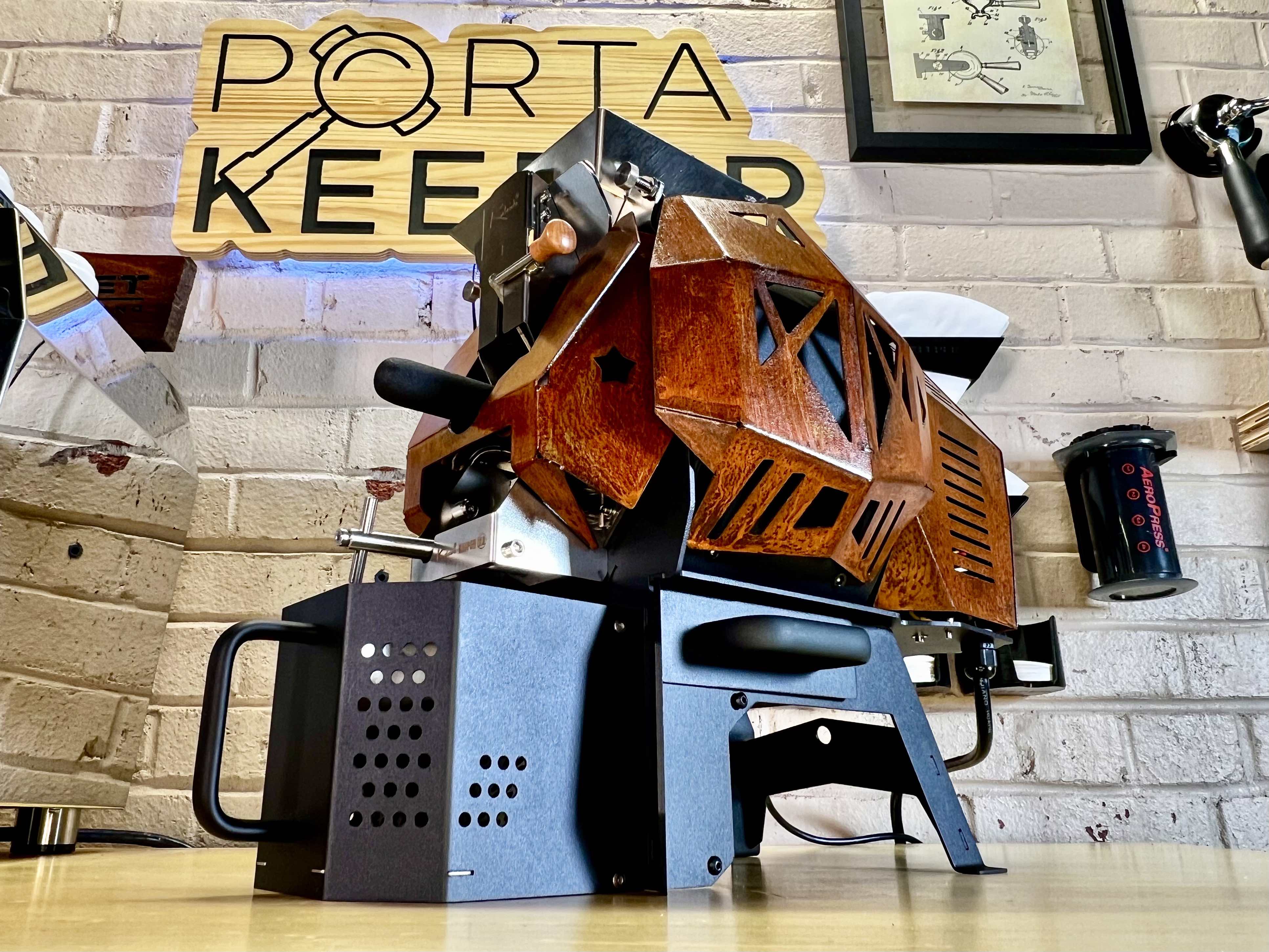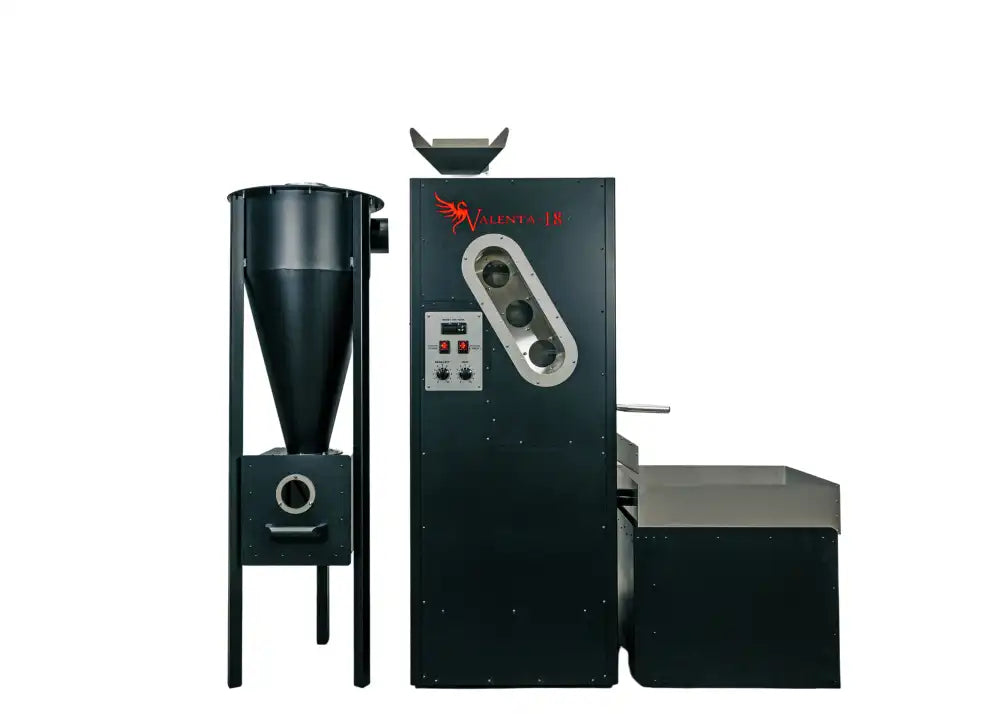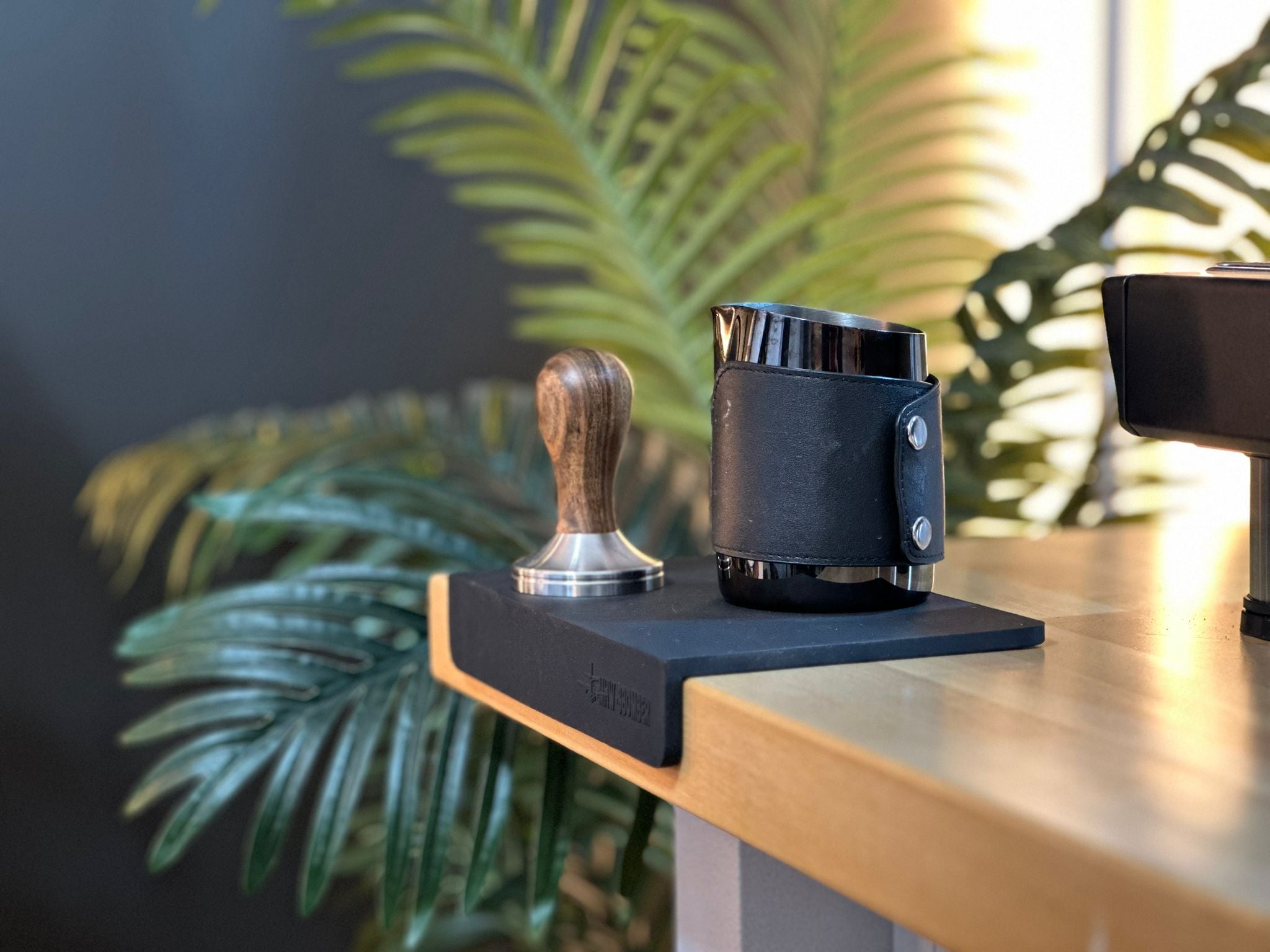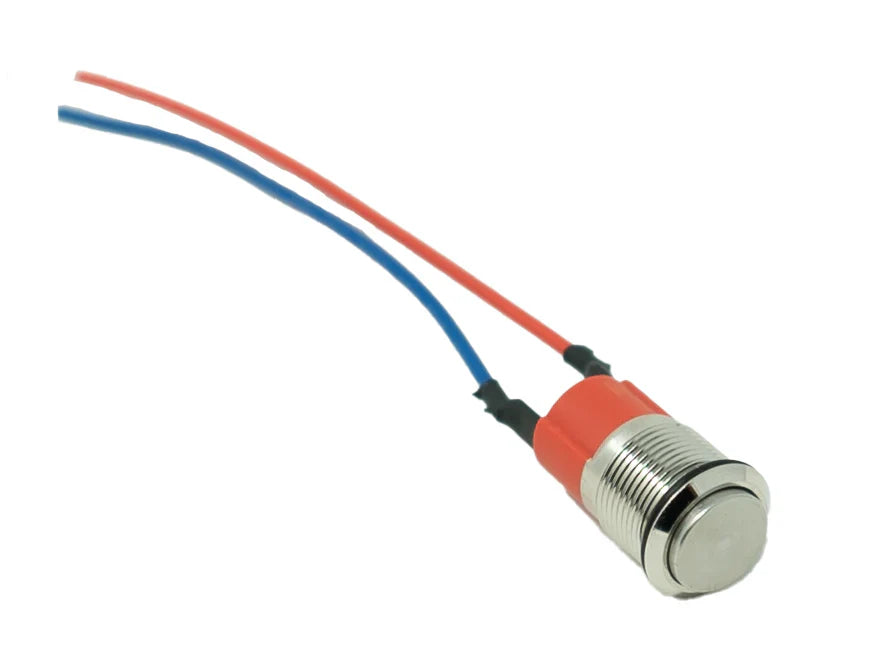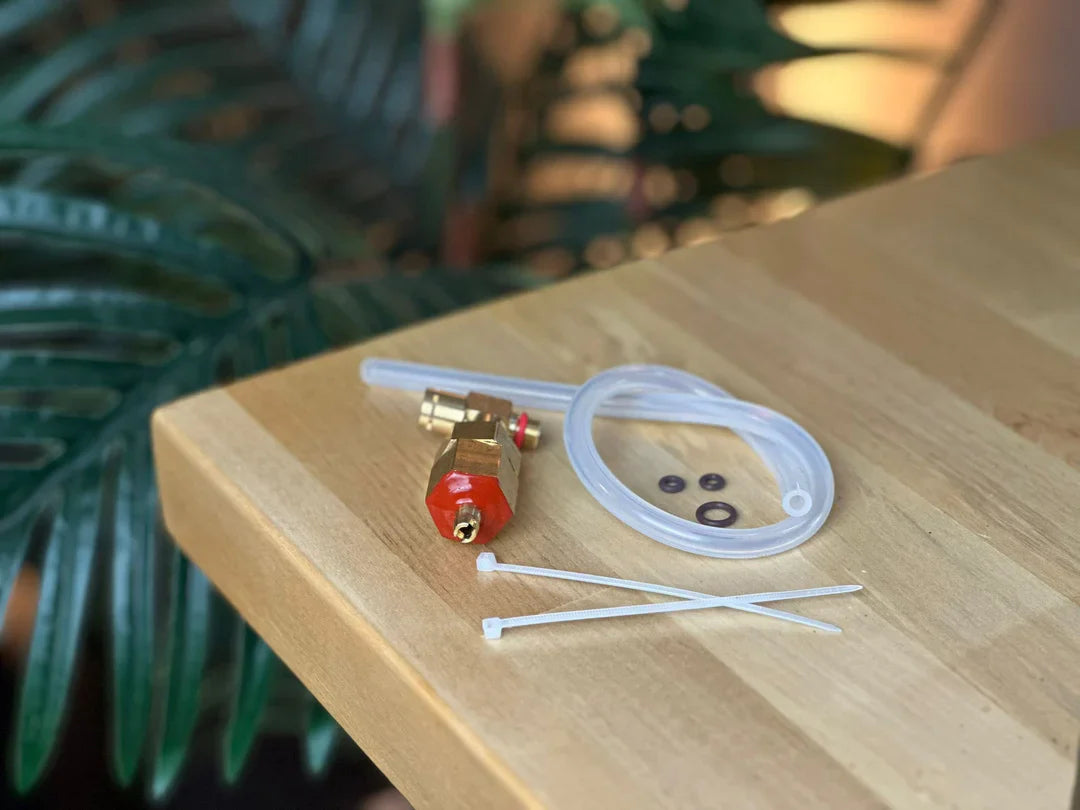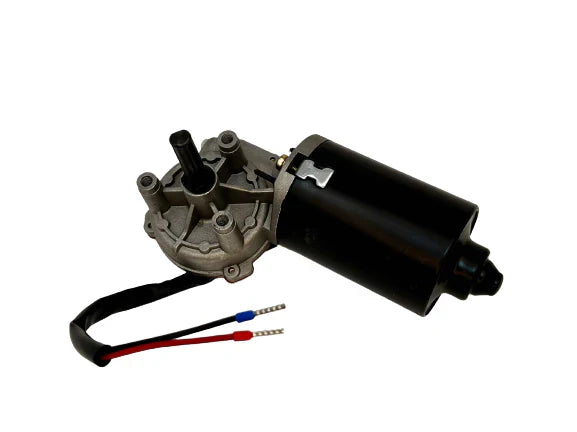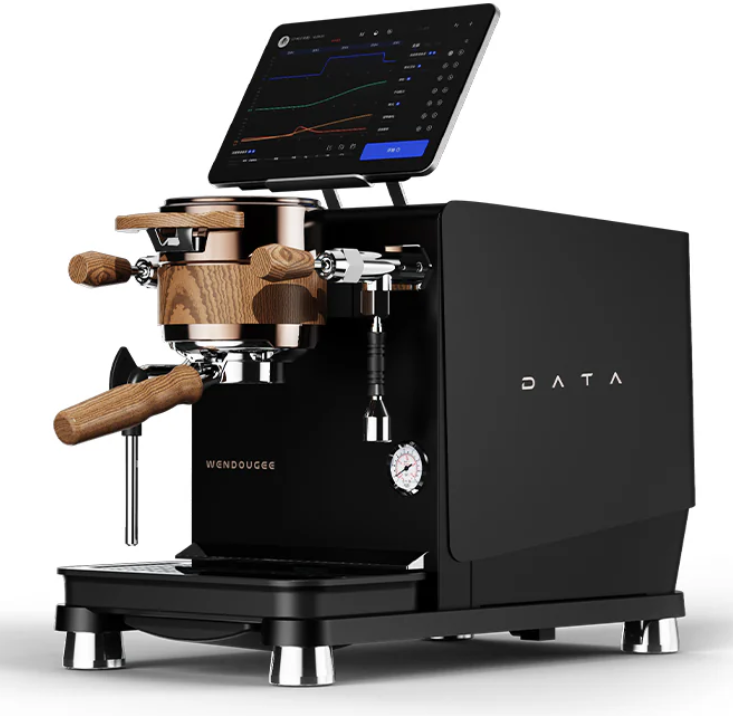All About Espresso Pucks
For espresso enthusiasts, the perfect shot is a blend of art and science, where every detail matters—from grind size and tamping to extraction time and pressure. One of the most important yet often overlooked aspects of espresso making is the condition of the puck left behind. The espresso puck is the compacted, spent coffee grounds remaining after brewing. It can offer useful clues about the brewing process and whether the shot was pulled correctly.
What Is an Espresso Puck?
The espresso puck is the byproduct of espresso extraction, formed when ground coffee is compressed into the portafilter and subjected to pressurized water. A good espresso puck should be a dense, evenly packed disk of spent grounds, but pucks can vary in appearance, texture, and consistency depending on multiple factors, such as grind size, tamping technique, and even the machine used.
What Matters in Espresso Pucks
-
Even Extraction: A well-formed espresso puck is an indicator of even extraction, which is crucial for achieving balanced flavors in your espresso shot. A puck that shows signs of channeling (where water flows unevenly through the puck) suggests that parts of the coffee bed may have been over- or under-extracted, leading to a sour or bitter taste.
-
Tamping Consistency: The condition of the espresso puck can reflect the consistency of your tamping technique. An uneven tamp can lead to an uneven distribution of pressure across the puck, increasing the likelihood of channeling. A uniform puck helps ensure that water flows consistently through the coffee grounds.
-
Grind Size: The grind size of the coffee affects the water's ability to pass through the puck. A fine grind creates a more compact puck that resists water flow, while a coarser grind allows water to pass through too easily. The puck's texture after extraction can give clues about whether the grind size was appropriate for your espresso machine and the specific coffee you're using.
-
Dryness and Structure: Ideally, a good espresso puck should be dry and hold its shape after removal from the portafilter. A soggy, sloppy puck often means that water has not been distributed evenly during extraction, while a crumbly puck may indicate under-extraction or a poor grind size and distribution. A dry, compact puck generally suggests a well-extracted shot.
What Isn't As Important
-
Appearance Alone: While a puck’s appearance can sometimes offer clues about extraction quality, it’s not always an accurate reflection of the shot's quality. A puck that looks perfect may not guarantee a delicious espresso, while a puck that falls apart could still result in a well-balanced shot. The real test of an espresso is in the taste, not just the puck.
-
Color: The color of the espresso puck can vary based on the roast level of the beans. Darker roasted beans may leave a dark brown puck, while lighter roasts may produce a lighter brown one. The puck’s color isn’t necessarily an indicator of the shot's quality, as it’s primarily determined by the coffee’s roast profile.
-
Size of the Puck: The size or thickness of the puck can differ depending on the amount of coffee used and the type of espresso machine. Some machines allow for higher doses of coffee, which results in a thicker puck, but this doesn’t always mean the espresso will be better. The key is consistency in dosing rather than focusing on a particular puck thickness.
-
Cracking or Fracturing: Sometimes, espresso pucks can crack or fracture during or after extraction. While many believe this is a sign of improper extraction or tamping, cracks in the puck don't always correlate with taste. As long as the shot pulls well and the espresso tastes good, minor cracking in the puck is not a cause for concern.
Factors That Impact Espresso Puck Quality
-
Grind Size: As mentioned, grind size plays a significant role in puck quality. A finer grind allows for more resistance, producing a compact, dense puck, while a coarser grind may result in a looser, wetter puck. Finding the right grind size for your machine and coffee beans is crucial for a balanced extraction.
-
Dose: The amount of coffee used in the portafilter (the dose) affects puck formation. Over-dosing can result in a puck that’s too thick, leading to an over-extracted, bitter espresso. Under-dosing can cause a loose puck that results in a weak, under-extracted shot.
-
Tamping: Tamping pressure and consistency are critical. Too light a tamp may allow water to flow through the puck too quickly, leading to under-extraction, while too much force can compact the puck excessively, leading to uneven flow and over-extraction. Strive for even, consistent tamping every time.
-
Machine Settings: Your espresso machine’s water pressure, temperature, and overall design can affect the puck’s quality. Different machines may require adjustments in grind size, dose, and tamp to achieve the perfect puck.
-
Coffee Freshness: Freshly roasted coffee tends to release more gases during extraction, which can cause puck instability or a loose puck. Aged coffee, on the other hand, may form a denser puck but could lack some of the flavors found in fresher beans.
Conclusion
The espresso puck offers valuable insights into the quality of your espresso extraction, but it’s not the be-all and end-all of espresso evaluation. What truly matters is the taste of the espresso in the cup. While puck analysis can help diagnose problems like uneven extraction or improper tamping, the appearance of the puck doesn’t always correlate directly with shot quality.
Focus on factors like grind size, dose, and tamping consistency, and use the espresso puck as a guide to fine-tuning your process. Above all, trust your palate—because, in the end, the best shot is the one that tastes the best to you.


